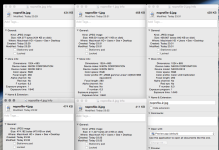I decided to make a new post for this.
While talking with cbay about the differences between directly processing a NEF in LR and converting to TiFF first, I decided to test several versions.
I took one NEF as is, loaded it in Capture and exported it as TiFF and as a finished JPEG. I then loaded the NEF in RT and saved it there as JPEG using Cam + lens profile and did the same in LR 5.7. I also loaded the TiFF in RT and exported as JPEG. All saved as max quality JPEG.
Here are all four shots:
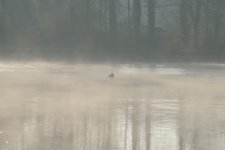
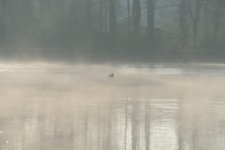
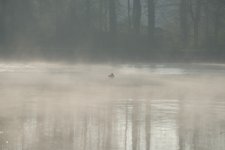
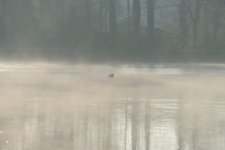
Here is the file info:

While talking with cbay about the differences between directly processing a NEF in LR and converting to TiFF first, I decided to test several versions.
I took one NEF as is, loaded it in Capture and exported it as TiFF and as a finished JPEG. I then loaded the NEF in RT and saved it there as JPEG using Cam + lens profile and did the same in LR 5.7. I also loaded the TiFF in RT and exported as JPEG. All saved as max quality JPEG.
Here are all four shots:




Here is the file info:

Last edited:

